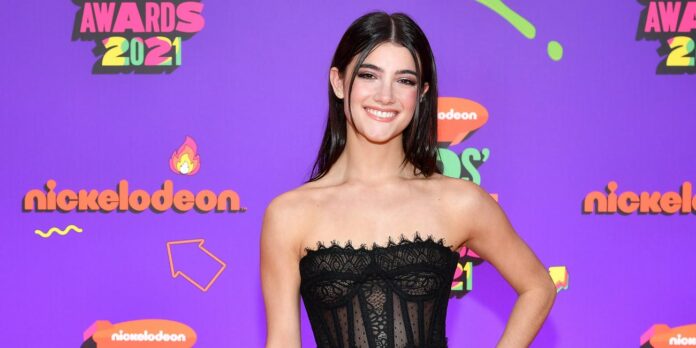As our free time runs out, their spotlights may dim
BY ISABELLA CHUECOS –– ifchuecos@ucdavis.edu
For the first time since last March, our pandemic-ridden lives seem to be coming to a close—safe and healthy freedom is on the horizon. No more are the days of lying face-down on the couch, staying up ‘till six in the morning and letting the weeks bleed together.
The end of quarantine symbolizes not only gaining back our freedom, but also losing something to which we’ve all grown a bit too accustomed: free time. Remember when we were all excited to have an extra few weeks of spring break? We quickly learned that too much of a good thing isn’t so good. Now, we pine after the hours in lecture halls and bike commutes to our favorite campus study spots.
At the beginning of the pandemic, we mitigated all of the extra time with new hobbies and fads: whipped coffee-making, banana bread baking and the like. This got old pretty quickly––my banana bread count was at a measly two when I gave up. We’d all gotten tired of keeping ourselves busy with these mentally stimulating activities and sought refuge on the internet for something banal to take our minds off the stressors of the year.
TikTok emerged as our savior here. We can rag on it all we want, but this app saved many quarantiners from hours of boredom. My summer routine consisted of waking up, checking my subpar grades on Canvas and then scrolling through TikTok for hours as the sun rose slowly through my blinds. There was something so comforting about being guaranteed some sort of comedic relief as the world experienced its own personal drama.
The emergence of TikTok celebrities, then, was a given. We had the time to learn the 30-second TikTok dances and familiarize ourselves with the names of the different characters that crossed in and out of our For You pages. The faces of these previously unknown teenagers flooded Instagram, Twitter and Snapchat. A group of especially prominent TikTok influencers known as the “Hype House” had their own New York Times feature.
Outside of the dancing and the humor skits, there was a strange sense of invincibility that these influencers exhibited in the face of the pandemic. While we were festering inside, these teens fulfilled all of the rags-to-riches dreams that were more reflective of normal times in our lives. In a period of disorder, we sought to create order by living vicariously through these internet personalities who seemingly weren’t affected by this chaos.
This idea checks out when we look at the numbers. In May 2020, we were in the thick of our quarantine lives. Charli D’Amelio, TikTok’s most-followed creator, was incredibly popular at this time, with 157.5 million views on a video from that month. In March 2021, by contrast, D’Amelio’s most popular video reached only 61.9 million views. Granted, these are very high view counts, but was about an 87.2% decrease in viewership.
This downturn in D’Amelio’s view count is not a reflection on any of her merits. As an influencer, she’s been consistently creating hundreds upon hundreds of dance videos, and has 9.1 billion likes across her entire account. The downturn, then, is a reflection of the public’s attitude toward TikTok celebrities in general––we’re starting to move on. With the world coming back to normal, there’s no need for us to live vicariously through young influencers.
You could say that this is all speculative, but it should be noted that we aren’t really giving these creators much of a chance to expand their careers outside of TikTok. When Dixie D’Amelio (Charli D’Amelio’s older sister) and Addison Rae (the second most-popular TikTok creator) both attempted to launch music careers, they were met with ridicule from social media users outside of their target audiences. In our minds, we’ve already relegated these individuals to the “pandemic-era TikTok celebrity” niche, and we’ve done this mostly without paying attention.
TikTok influencers are going to be hit especially hard by the post-pandemic fan migration simply because they rose to fame during the pandemic. As a collective, social media users (including myself) enjoy reminiscing. As a young Instagram user, I was marred by ‘90s kids nostalgia-posting about “Rugrats” and Tamagotchi Pets.
These days, TikTok users are already posting about their “early quarantine nostalgia,” which is something that I relate to even though it gives me very intense Stockholm syndrome vibes. Whenever this pandemic will truly come to a close, TikTok stars will become a fixture in the halls of pandemic history as the unlikely figureheads of 2020. The coronavirus may go away for us, but their careers will be stained forever.
Written by: Isabella Chuecos –– ifchuecos@ucdavis.edu
Disclaimer: The views and opinions expressed by individual columnists belong to the columnists alone and do not necessarily indicate the views and opinions held by The California Aggie.




